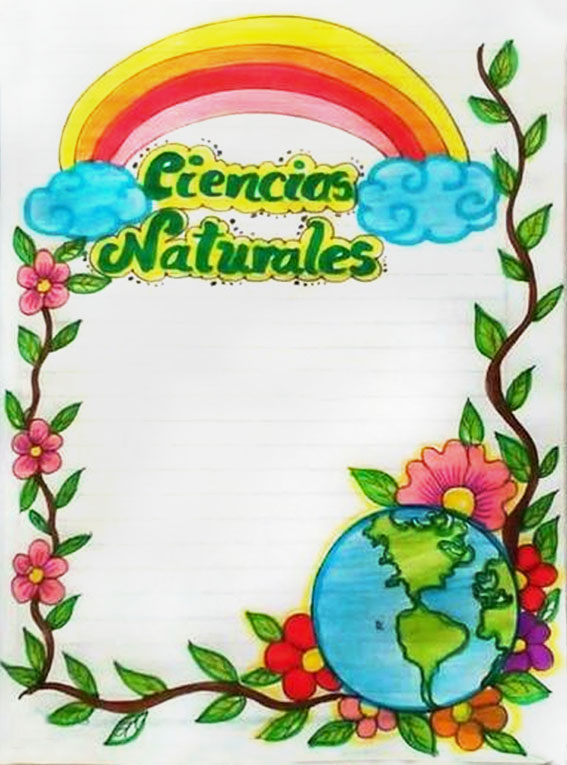The Art of Observation: Unveiling the World of Plant Drawings in Science (dibujos de ciencias naturales plantas)
In an age saturated with digital imagery, there remains a profound and enduring power in the delicate strokes of a hand-drawn illustration. This is especially true in the realm of botany, where the practice of rendering plants through art, what we might call "dibujos de ciencias naturales plantas" in Spanish, has been instrumental in our understanding of the natural world.
Imagine holding a centuries-old botanical illustration, the paper slightly yellowed with time, the ink lines still crisp and detailed. This is not just art; it's a record of discovery, a scientific document capturing the intricate beauty of a plant species perhaps now extinct or altered by the passage of time. These drawings, painstakingly created by artists with a keen eye for detail, serve as a bridge between art and science, revealing the hidden wonders of the botanical world.
Long before the advent of photography, botanical illustration was the primary means of recording and disseminating knowledge about plants. Explorers and naturalists venturing into uncharted territories relied on skilled artists to document the flora they encountered. These artists, often working in challenging conditions, captured the essence of these plants, their illustrations more than just pretty pictures; they were scientific records detailing everything from the delicate veins on a leaf to the intricate structure of a flower.
This symbiotic relationship between art and science gave rise to some of the most beautiful and significant works in both fields. Think of the exquisite botanical plates in Maria Sibylla Merian's "Metamorphosis Insectorum Surinamensium," where the life cycles of insects are intertwined with the plants they inhabit. Or consider the groundbreaking work of Pierre-Joseph Redouté, whose lifelike watercolors of roses, lilies, and other blooms earned him the title "Raphael of Flowers." These masterpieces stand as testaments to the power of observation, the meticulous skill of the artists, and the importance of understanding and documenting the natural world.
But the value of "dibujos de ciencias naturales plantas" extends beyond mere aesthetics or historical significance. These drawings continue to play a vital role in scientific research and education today. In an age of digital manipulation, hand-drawn illustrations offer a level of detail and accuracy that photographs sometimes struggle to capture. They allow scientists and students to focus on specific aspects of a plant's morphology, highlighting details crucial for identification and classification.
Furthermore, botanical illustration fosters a deep connection between the observer and the observed. The act of drawing a plant necessitates close observation, demanding that the artist truly see the subject in all its complexity. This intimate engagement with nature fosters a sense of wonder and appreciation for the intricacies of the plant world, something that a fleeting glance at a photograph might not achieve.
In a world increasingly detached from the natural world, "dibujos de ciencias naturales plantas" offer a pathway back to a place of wonder and discovery. They remind us of the importance of observation, the power of art to illuminate science, and the enduring beauty of the botanical world that surrounds us.
Unveiling the allure cool fantasy outfits for the modern male
Unlocking the secrets of utv values
Wells fargo credit card limit decrease what you need to know














